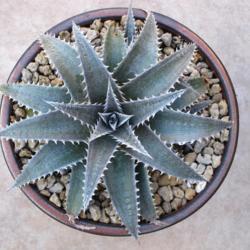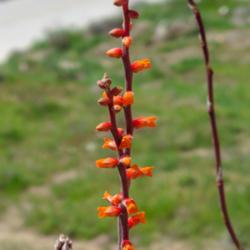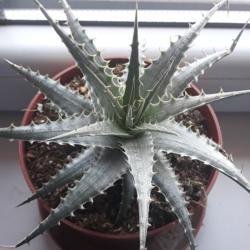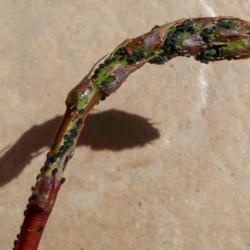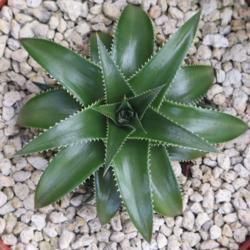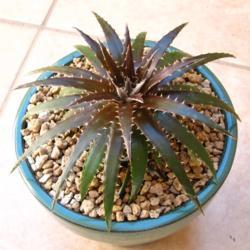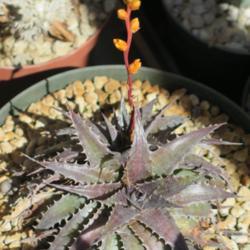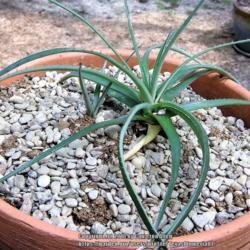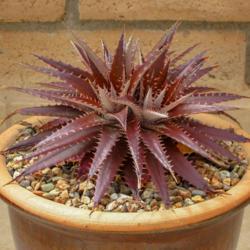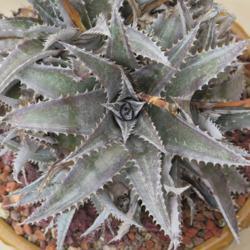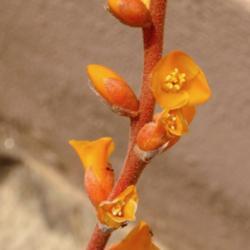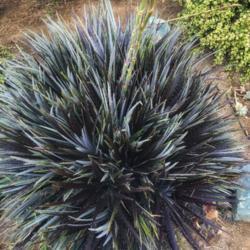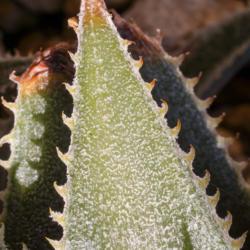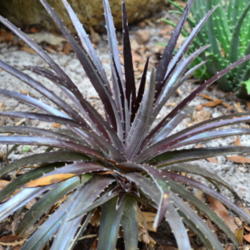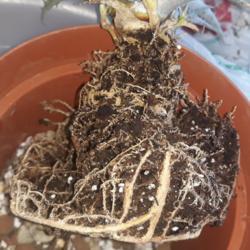This genus of about 120 species of terrestrial bromeliads is native to arid, rocky, often higher altitude areas of central South America, especially Brazil. These spiny plants are dry growing and typically enjoy the same conditions that succulents prefer: strong light, fast draining soil, water when the soil has gone dry. Do not treat them like epiphytic bromeliads. They tolerate some drought but prefer regular water in moderation during the warmer months.
The flowers are typically tubular, colorful hummingbird magnets. The fruit is dry and dehiscent. Seeds are flat and unwinged. Some or many plants in cultivation may be self fertile, and seedling growth is slow for the first couple of years. The Dyckias that offset can be easily propagated from rooted cuttings, but this process may take a while. Baby Dyckias (just-rooted offsets) may look quite different from their mature counterparts.
There are lots of Dyckia cultivars and hybrids in cultivation. Do not assume any random, unlabeled Dyckia you bump into is a species. Some of the more desirable cultivars have red/purple, glossy leaves or silvery leaves coated with trichomes. The very desirable cultivar
Dyckia 'Brittle Star' has narrow purple leaves with lots of trichomes. Dyckia cultivars are frequently mislabeled and misidentified.
Dyckias may be easily confused with Hechtias (a mostly North/Central American genus), but upon flowering the difference is clear because Hechtias are typically dioecious (plants are 2 different sexes) whereas Dyckias are not. Other differences in the flowers (especially color) may be evident from a distance. While Dyckias flower laterally, Hechtias may flower terminally (resulting in the death of the flowering rosette), laterally (the flowering rosette lives on indefinitely), or both, depending on the species.
